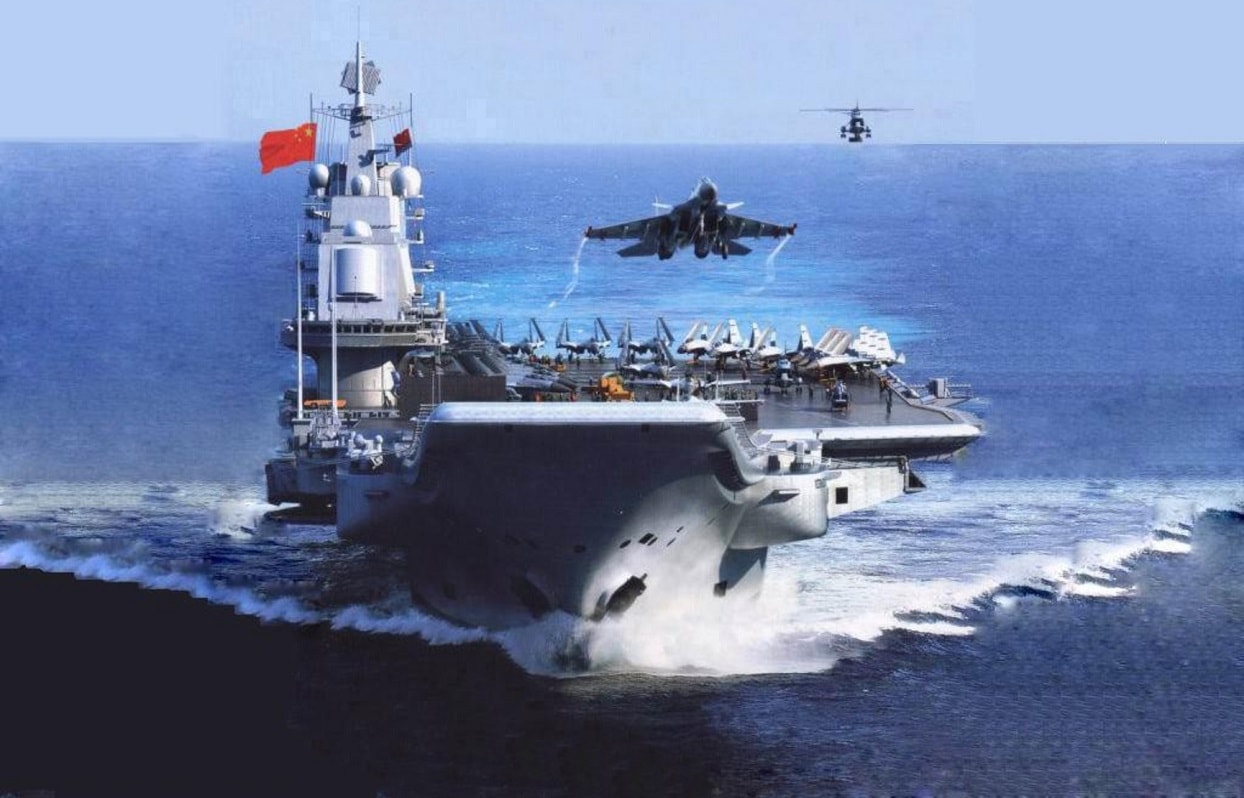Since the U.S. formally switched recognition from the Republic of China to the People’s Republic of China in 1979, Washington has operated a policy of strategic ambiguity toward Taiwan.
The United States sustains its political commitment to Taiwan as structured in the Taiwan Relations Act (TRA). The 1979 Act is the congressionally approved policy that states the U.S. “will make available to Taiwan such defense articles and defense services in such quantity as may be necessary for defense.”. This policy supported a peaceful resolution in the Taiwan Strait and crafted a status quo. The TRA has also served as the foundation for U.S. and Taiwan military defense sales over the last four decades.
History of Support
Washington has consistently provided military aid to Taiwan for 80 years. Starting in 1941 under President Franklin Roosevelt and the lend-lease act, the U.S. sent military aid and advisors to the Republic of China. Following World War II and with the onset of the Chinese civil war, the U.S. sided against the Communists and continued to back the Republic of China, whose government consolidated on the small island of Taiwan. Under the 1954 Sino-American Mutual Defense Treaty, the United States continued to provide military aid, training, and support to the nationalists during the first and second Taiwan Strait crises, in 1954 and 1958, respectively.
In 1979, under President Jimmy Carter, the United States switched national recognition from the Republic of China to the People’s Republic of China, ending the mutual defense treaty with Taipei. The U.S. abrogation of that treaty decreased the military presence on the island, but under the TRA, Washington maintained unofficial ties with the authorities of Taiwan.
One area where support is unambiguous is in the robust defense sales relationship that the U.S. established with Taiwan. From 1980 to 2020, the United States supplied more than 34 billion dollars-worth of military aid to the island. Presently, Taiwan remains the fourth-highest purchaser of U.S. military equipment, after Israel, Japan, and Saudi Arabia. The United States remains the number one provider of defense articles to Taiwan.
Across the strait, the PRC does not operate a policy of strategic ambiguity. Since 1979, China has been clear on its policy: They believe Taiwan and its inhabitants belong under their control. Chinese President Xi Jinping has repeatedly reiterated the intent to bring Taiwan under Beijing’s control, if necessary by the use of military force.
While the intent may have always been there, experts for a long time did not believe China had the military capability to take the small island by force. This has changed. According to the 2019 DIA China Military Power report, “Beijing’s longstanding interest to eventually compel Taiwan’s reunification with the mainland and deter any attempt by Taiwan to declare independence has served as the primary driver for China’s military modernization.” It appears that the PRC now has the military capability to take Taiwan.
Over the decades, China has also executed a sophisticated pressure campaign across all domains, isolating Taiwan and presenting the option of one country, two systems, as the only viable choice for the future. This comprehensive campaign has left Taiwan globally isolated, with few options to source military capabilities. China is a military giant compared to its island neighbor, U.S. support notwithstanding. The PRC boasts the world’s largest standing army and a $252 billion defense budget as of 2020, compared to Taiwan’s $13 billion defense budget, creating a significant mismatch. Competing in a pure arms race with China will only exhaust Taiwan’s limited resources.
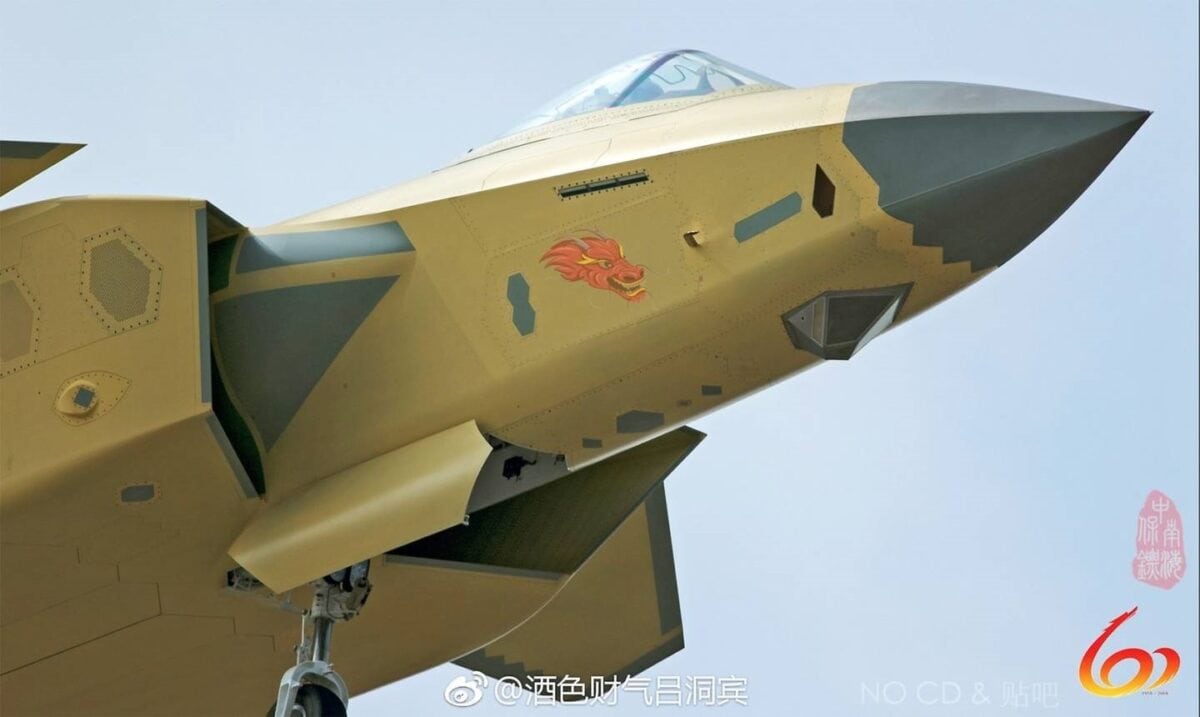
Image: Creative Commons.
While Beijing may have the advantage in the military sphere, though, Taiwan offers something that cannot be bought.
Intangible Advantages
Taiwan and the PRC are Chinese societies that govern on opposite spectrums, and Taiwan’s comparative advantage over Beijing is the very nature of governance. The PRC is an authoritarian government with tight control over the people and government — the party rules with an iron fist. The results are seen in autonomous regions such as Xinjiang, Tibet, and Outer Mongolia, and in special autonomous zones such as Hong Kong. Speaking against the government results in harsh punishments, lengthy prison sentences, and extreme censorship.
Conversely, Taiwan is a beacon of Chinese democracy. In 2021, Freedom House ranked Taiwan as the second-freest country in Asia in terms of access to political rights and civil liberties. In 2021, Heritage ranked Taiwan number six in the world on the index of economic freedom, and China at 107 out of 178, in a survey covering categories such as judicial effectiveness, government integrity, and labor and business freedom.
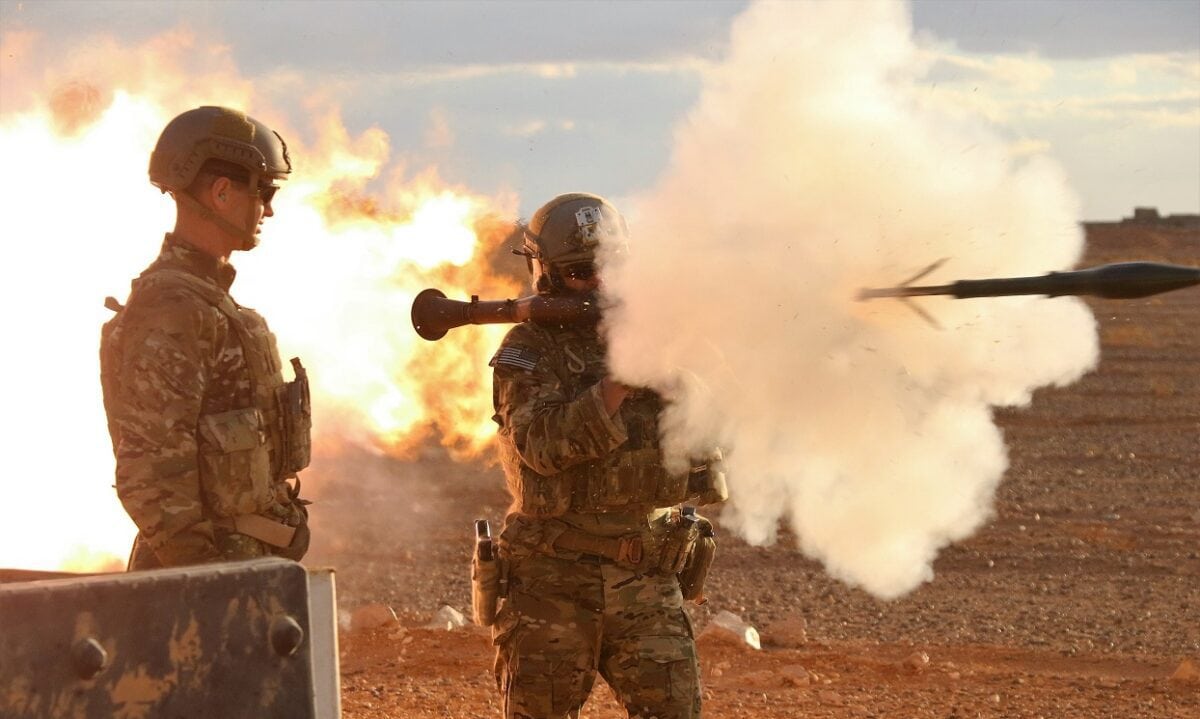
Image: Creative Commons.
Taiwan thus presents an open Chinese society that is in competition against a closed Chinese society. The will of free people cannot be underestimated. While China is a giant in military might, authoritarian governance will never satisfy a population bent on resisting the regime and seeking an alternate option.
Inspiration Across the Globe
Translating this advantage to the military sphere is challenging. One solution lies across the globe in Europe, where smaller nations are preparing their collective defenses against another military giant.
Baltic states faced with a similar threat are applying an asymmetric approach. These smaller nations foster pre-crisis resiliency through a concept of total defense — a whole-of-society approach. They incorporate their peoples into their national defense plans, and integrate national resistance planning in their approach. Many of these nations are adopting a notion called the Resistance Operating Concept. The Concept “explores actions that a sovereign state can take to broaden its national defense strategy and prepare to defend itself against a partial or full loss of national sovereignty.”
The Resistance Operating Concept is an innovative, complementary tool in the modern military arsenal that speaks to the military-power side of statecraft, bringing it to civil society and the broader population. In 2015 Sweden updated its defense bill to include investments linking military and civil defense under a hybrid-warfare resilience concept. Estonia has made resistance and reliance a critical part of its national security planning since 2008, incorporating the Estonian Defense League into military-civil fusion planning to create a whole-of-nation approach.
One example of how resistance and resilience are critical in a total-defense concept is Ukraine. Experts across the world projected that with its outnumbered and outgunned military, Ukraine would capitulate within a matter of weeks, if not days, to the Russian military. Resistance and resilience have played an immense role in resisting and repelling the Russian invasion. Civilians integrated with military units are defending their areas and withstanding conventional onslaughts. These resistance units are part of a whole-of-government approach to defense.
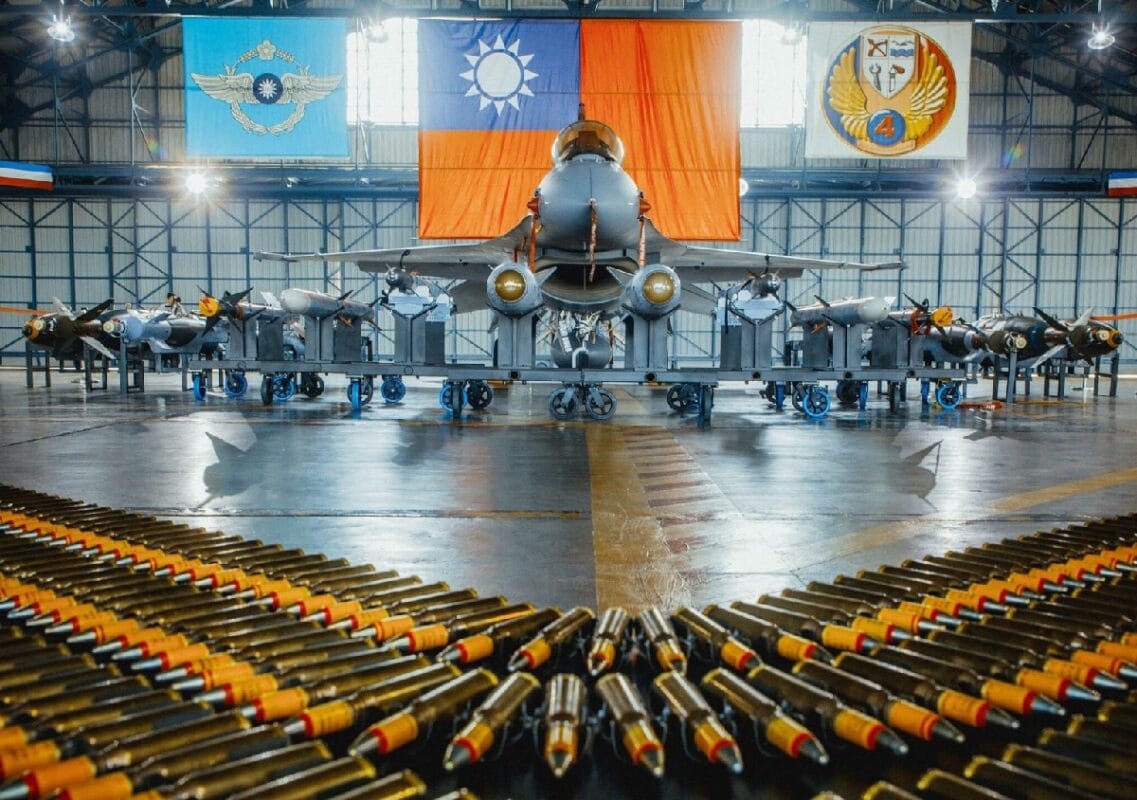
Image: Youth Daily News.
Ukraine’s performance has sparked numerous nations to adopt a resistance and resilience concept as part of their national defense. In May 2022, for example, Lithuania’s parliament incorporated a new strategy for civil resistance against occupation. These countries offer Taiwanese leadership examples and options.
Changing the Script for Taiwan
It is clear that Taiwan continues to rely on the U.S. to provide defense articles. But most experts continue to assess that Taiwan would not stand a chance against the growing Communist threat across the water. Some experts have gone so far as to claim Taiwan’s defense forces would not last 24 hours against a potential PRC invasion. Without a change, it is apparent that an ordinary military approach leads Taiwan toward an inevitable mismatch.
A potential solution lies in alternate defense capabilities. Tanks and planes of course matter, but an asymmetric approach may boost the defender in facing such a giant military threat. Taiwan should invest in asymmetric defense capabilities to counter conventional military threats. Recent Taiwanese defense reviews highlight the need to integrate such capabilities into defense plans. However, which capabilities are required is less than clear. The European nations employing the Resistance Operating Concept are great models for Taiwan.
Investing in resilience and resistance training programs for the Taiwanese military is not escalatory in nature, but supports the protection aspect of defense planning. The U.S. military has decades of global training and experience in building and supporting similar programs and could support training to designated elements of the Taiwan military.
These programs are cost-effective and provide an asymmetric advantage that complements conventional military defense to counter an invading force. The U.S. should provide options to offer resistance and resilience as a critical defense capability to Taiwan under the TRA. Developing such capabilities is not necessary for the entire force, as conventional defense is the priority, but perhaps specially selected units could be made to focus on building the capability in the military first, with the intent to expand into the civilian realm.
A Plan of Action
U.S. forces can provide specialized training, but Taiwan is responsible for starting the process. U.S. forces shouldn’t be training random civilian groups. The Taiwanese authorities need to organize the civilian sector into forces that can contribute to the Resistance Operating Concept. This could begin with specializing units to support the Concept from the reserves, trained by Taiwanese special operations forces, which can act as a force multiplier. They do not need to be combat-focused, but could also develop critical support skills.
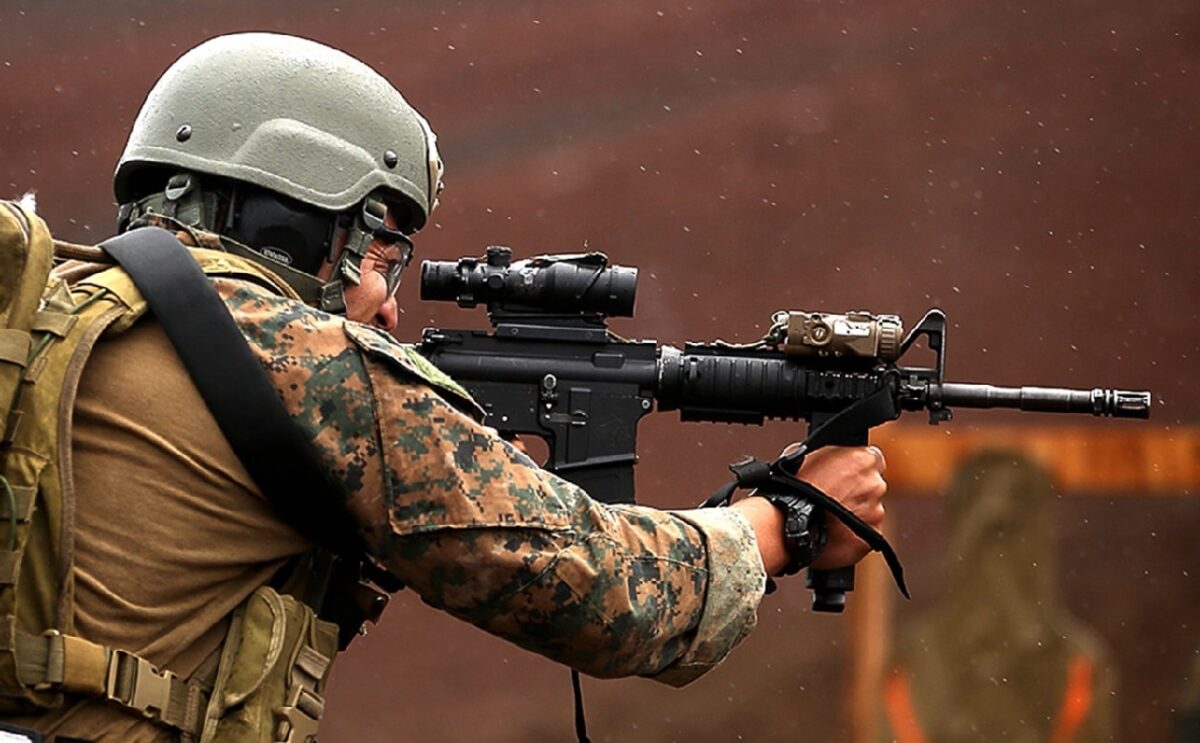
Image Credit: Creative Commons.
Building a resistance capability is not a stand-alone solution in defense. However, incorporated into a larger holistic defense concept, it is very effective to frustrate an adversary that is not easily countered or matched. It is not easy. It is uncomfortable for defense officials to recommend building resistance and resilience in a nation. But this is what is needed. Defense capabilities are no longer black-and-white.
European nations are embracing concepts like the Resistance Operating Concept and creating roadmaps for other nations facing similar threats. The threat Taiwan faces is real, and the time is now to stop trying to solve the same problem with the same answer. Resistance and resilience capabilities are critical defense capabilities that Taiwan should immediately incorporate into its overall defense plan.
The above work reflects the authors’ opinion and does not represent the official policy or position of the Special Forces Regiment, the Department of Defense, or the United States Army. Major Justin Woodward is a Special Forces officer, veteran of small wars, and a student of Unconventional Warfare. He has served in the Army in various roles for 15 years.

